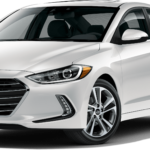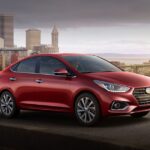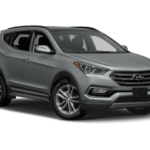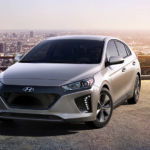Hyundai i40 Oil Type
Select Your Model Year...
Choose the appropriate model year for the Hyundai i40 you are trying to find the oil type & capacity for from the list below.
Hyundai i40
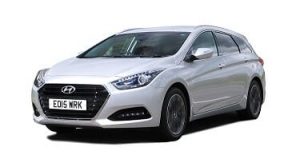
- Manufacturer: Hyundai
- Data Source: Owner's Manual
You can find 25 different trims for the Hyundai i40 and their corresponding recommended oil type.
The years available stretch from 2011 through to 2019 and to view the oil type and capacity you just click to expand.
Despite only seeming a single step up from the similarly named Hyundai i30, the Hyundai i40 is in fact a significantly larger family car sold primarily as a 5-door wagon, but also as a 4-door sedan model. The i40 shares a platform with the model known as the Hyundai Sonata in the US market. It was manufactured from 2011 to 2019 when it was discontinued and replaced with the Sonata badge.
The i40 was first unveiled at the Barcelona Motor Show in Spain back in 2011, and became available both as wagon and sedan in Europe, South Korea, Australia and New Zealand between 2011 and 2012. It was also launched in Malaysia in 2013, marketed as a step-up model from the Hyundai Sonata.
All models of the Hyundai i40 conform to a single production generation. They were powered by a number of engines ranging from 1.6-liter to 2-liter gasoline engines to 1.7-liter diesel engines. These were typically paired either with a 6-speed manual or 6-speed automatic transmission. One of the diesel configurations received a 7-speed DCT transmission instead.
When it comes to safety ratings, the Hyundai i40 has always performed very strongly, receiving 5 stars in its Euro NCAP safety results even from the earliest days. It’s also an eminently practical family car choice, with a total of 19.5 cubic feet of trunk space with the rear seats up, increasing to 60.7 cubic feet with the rear seats down.
In the end, the Hyundai i40 underwent a fairly similar fate to that of the i30, which was that dwindling sales prompted the company to discontinue the line in 2020 to allow the Sonata to take over as the main offering in that particular vehicle segment. Also along with the i30, it was among the first models to be described as best-displaying Hyundai’s so-called “fluidic sculpture” vehicle design language.
